Mosteiro dos Jerónimos – a stand out jewel in Belem, Lisbon worth visiting
The Mosteiro dos Jerónimos in Belem is a stunning display of architecture that exemplifies the magnificent Gothic Manueline style that showcases the Portuguese Renaissance and Age of Discovery. Commissioned by King Manuel I to show the world Vasco de Gama’s successful discovery of the sea route through Africa and into India around 1498.
Created for the Order of Jeronimos and the Monks who prayed and comforted the sailors focus on sailors and maritime discovers, the Monastery and church of Santa Maria de Belem is magnificent and worth a visit to Belem.
The elaborate cloisters to the monastery are truly a work of superb art and crafts as you enter this incredible architectural wonder. Filled with elaborate arches, carved detailed columns and beautiful turrets and galleries filled with organic details of leaves, vines and knots – the signature design element of the Manueline style of design.
You can visit the Monastery of Belem and other attractions with the Lisbon Card here for 1 – 3 days including local transportation.
Brief history of The Mosteiro dos Jerónimos and church of Santa Maria
The Monastery was built at a site from the original Hermitage of Restelo which is the original church where Vasco de Gama and crew went to pray before starting their discovery tour. Started at the start of the 16th century through King Manuel I with the blessings of the Holy Roman church the Mosteiro dos Jerónimos or Monastery is an amazing work of art. The creation of the Monastery and church of Santa Maria de Belém began in 1501, and exemplifies one of the most beautiful monasteries in all of Europe.
The work took over a hundred years to complete by a series of builders and other masters from around Europe and funded from the far east trade with a spice tax from a portion of trade revenues used to finance the construction work. With the wealth of the new world and colonies making the Portuguese influencial and rich, the coffers poured into creating the beautiful Mosteiro dos Jeronimos, the church and also the iconic Belem Tower.
The Age of Discoveries and creation of many colonies brought in tremendous wealth and prestige to Portugal. The newly established sea routes from Europe to Asia created a more global network, trade and colonization of these distant lands that ushered in this Age of Discoveries and the development of these grand displays of architecture today of the Manueline style.
The Order of Jeronimos was later dissolved in 1833. Afterwards, the monastery was for different purposes as a school and orphanage, until about 1940.
The Monastery and Belem Tower were both certified as a World Heritage site by Unesco in 1983. It is an easy visit to see both of these historic sites at the same time along with other famous attractions around the Belem area.
Manueline style of Architecture
The architecture of Belem showcases the signature Manueline style during the reign of King Manuel l and was a short lived artistic design style that only lasted about 30 years and covering his reign from 1495 to 1521.
The style is unique and elaborate, combining the style influences of traditional Portuguese with Islamic and Gothic influences. Surfaces on the walls, portals and even the ceiling were lavishly decorated with organic design along with maritime motifs of coral, fish, ships, buoys and anchors placed in beautiful details.
The Manueline style has heavy ornamentation, rounded and semicircular forms and an organic influence that is predominant to the many structures in the Belem district and many other important buildings around the country.
Here’s a look outside and drone imagery of the Monastery from above
Interior details to the Mosteiro dos Jerónimos
The Monastery of Jeronimos is one of the most lavish and decorated church in Portugal, the entrance alone has a large 32 meter stone portal with detailed carvings of the saints, and other decorated features. The Manueline style of design and architecture is finely ornamentation and details that were a predominant Portuguese style of the 16th century and the time of the Portuguese Renaissance.
Once you enter the complex, the first thing that stands out is the stunning cloister area that is quite ornate with scalloped arches, columns and turrets with organic details of leaves, vines and knots that are part of the Manueline style. Along the cloister route, you can spot gargolyes and other fantastical beasts around the upper level section.
Other fantastic rooms to visit includes the Choir box above looking into the church with carved wood benches and other beautiful carvings to see in this room. There’s also a large hall room with a stone carved tomb dedicated to Alexandre Herulano and an extensive library and collection that makes this an important education center.
The Upper choir area with wooden benches and other ornamentation
Interior of the church of Santa Maria de Belem
Located adjoining the Monastery of Belem, the Church of Santa Maria is also created in the typical Gothic Manueline style of the period and is a free site you can visit. The entrance to the church on the western side (usually with long lines that already start forming mid-day morning)
Inside you will find the stone tombs of many previous rulers and a small chapel dedicated to Vasco da Gama. The tomb was sculpted in the 19th century and the remains of his body were moved here in 1880, nearly 400 years after he set off from this spot. Another famous poet, Luis de Camoes is buried just to the left-hand side and the entire church is considered a mausoleum for King Manuel and his lineage of royal families along with many other important dignitaries of that timeframe.
Check out this tour highlights to visiting the interiors of the Monastery and Church below
d
Details to visiting the Mosteiro dos Jerónimos
You can get tickets at the door to entering the Monastery of Jeronimos or you can also get the tickets in advanced as a combo ticket at the Archaeological museum and the Monastery.
Address: Praça do Império 1400-206 Lisboa
Hours: 10:00 am to 6:30 pm Tue-Sun (5:30 pm Oct to May). The first Sunday of the month is free.
Entry fee: 10 €, combined entry with the Archaeological museum is 14 €, purchase ticket at the Archaeological museum.
Directions on getting to Mosteiro dos Jerónimos
Take the Tram #15 along the Lisbon waterfront area which costs $3 per person, there is a ticket machine inside the tram that gives change. It takes about 30 minutes to get you to the entrance of the monastery.
Tips to visiting Mosteiro dos Jerónimos
The visit to both the monastery and the church is very popular and busy mid morning so the best advise to get started really early before the monastery opens at 10am. You can buy tickets with the Archaelogy museum as a combo ticket so that you do not have to wait in two lines to get into the Monastery.
Another option is to take a group tour of Belem that let’s the group cut into the line so there’s no long wait to enter. Check out these tours offered below to visiting the Monastery and saving your time instead of waiting in line.
Walking tour of the Monastery and Belem Tower
Half day tour of Belem attractions including Monastery of Belem
Monastery, Belem Tower and LX Factory visit
Lisbon Card – allows for free attractions and discounts around Lisbon for 1-3 day timeframes.
There is a separate line also to enter the church so I would probably do the monastery first and then the church since the entry line flows faster and more continuous visiting the church. Another option is to visit in the later part of the afternoon when most of the crowds have already gone back to central Lisbon ,so the waiting times are shorter for the entry lines.
While you are waiting, there is no shelter so bring a hat or cover up if you plan on waiting in line.
Other places to visit in the Belem District
There are many other noteworthy and historic places to visit around the Belem District and worth time to explore including these main landmarks below.
Belem Tower
The Tower of Belem was created in the 16th century originally as a defense for the city and later turned into a lighthouse, dungeon and prison and then a customs center. The Tower is also known as the Tower of Saint Vincent, in honor of Lisbon’s patron saint. Located at the mouth of the Tagus River which opens up to the Atlantic Ocean, Belem Tower was the first sighting for arriving and departing ships from their saiing discoveries and trade journeys to foreign lands
Check out our post on visiting the Belem Tower here for more information and images to touring this historic site.
Monument to the Discoveries
Along the waterfront area facing the Tagus River is this impressive Monument to the Discoveries, a large-scale monument that celebrates the many achievements of the explorers with large scale images of 30 famous and historic Portuguese from King Alfonso, Vasco da Gama, Ferdinand Magellin, and Henry the Navigator at the prow of the monument.
A large scale map fronts the monument called the Mappa Mundi or the Map of the World. The tower goes up to a height of 160 feet and you can take an elevator all the way to the top for fantastic views of the Tagus River and surrounding landscape.
This tower was completed in 1960 as a replica to the one built in 1940 and has an exhibit space and lift to take you up to the observation area above.
National Coach Museum
It’s impressive that there is an actual museum dedicated to the royal coaches of Portugal and these carriages are truly over the top and worth the visit to see all the elaborate details and craftsmanship to create this mode of transportation and wealth during this timeframe.
Housed in a modern building created in 2015, the museum houses over 40 extravagantly crafted carriages during different timeframes. This showcases the expertise and master craftsmen that the Portuguese where the leading coach builders of its day in Europe with so much attention to detail, materials and mastery of art and technical combined in these carriages.
Check out more about the Coach Museum here for more information and images to visiting.
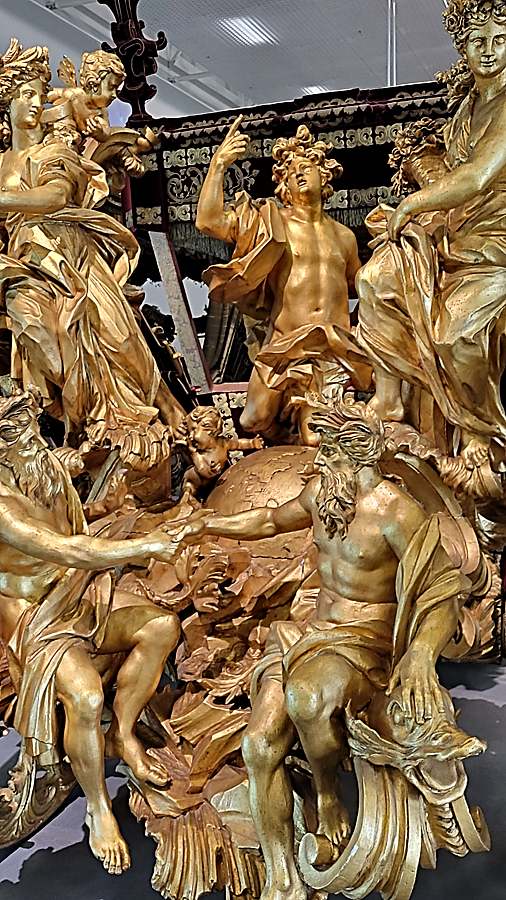
Amazing detail and craftsmanship on these elaborate carriages.
Check out these other fun places to explore in Lisbon
Explore the Alfama Disctrict in Lisbon
Visit the National Tile Museum of Lisbon
8 traditional Portuguese foods
Pin and save this for later
Conclusion to visiting the Mosteiro dos Jerónimos
Thanks for visiting today and checking out this post on the Mosteiro dos Jerónimos. If you enjoyed the images and post, could you please share it with any of the social media buttons located around the post.
If you like what you see, come and check out my other social media channels for more updates, including Instagram, Pinterest and Twitter
Disclosure – There are affiliates links on these posts which provide a small commission to support this site at no extra cost to you. Thank you for reading, and happy travels

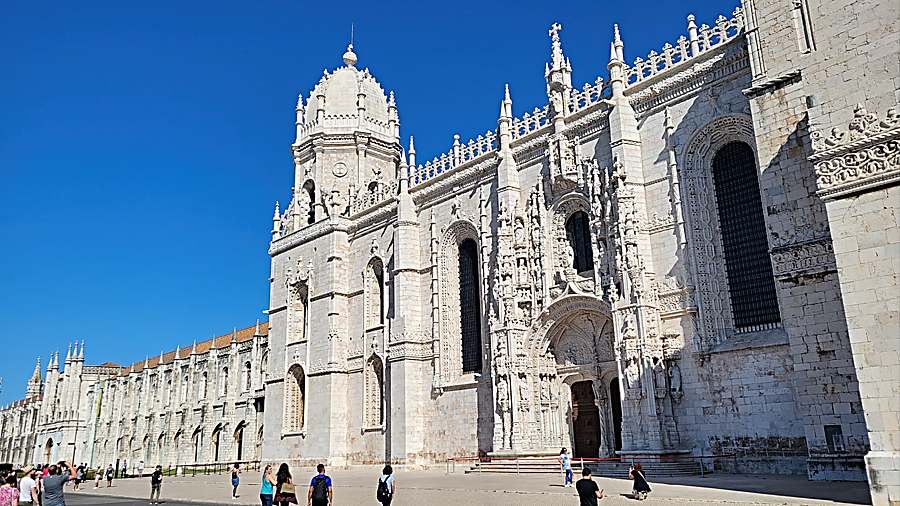
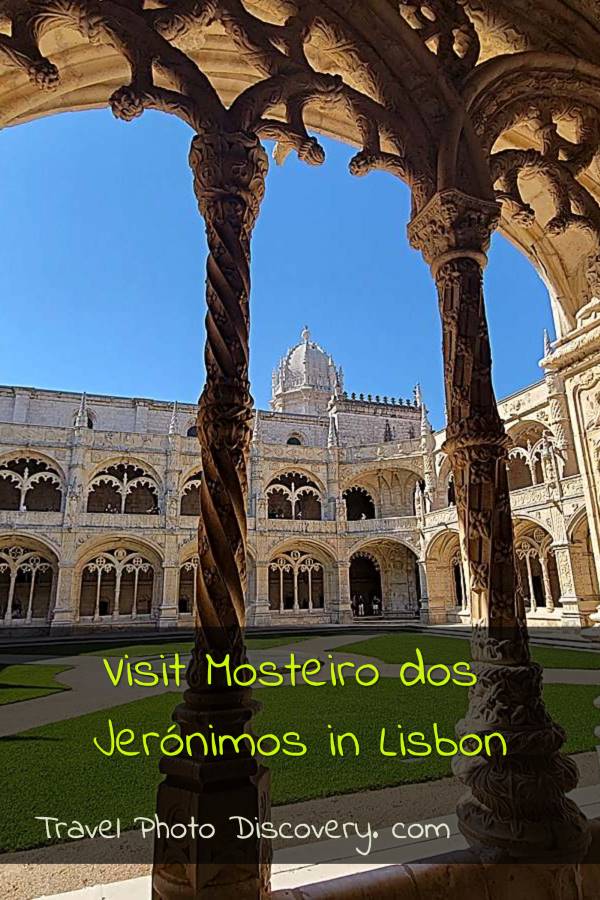
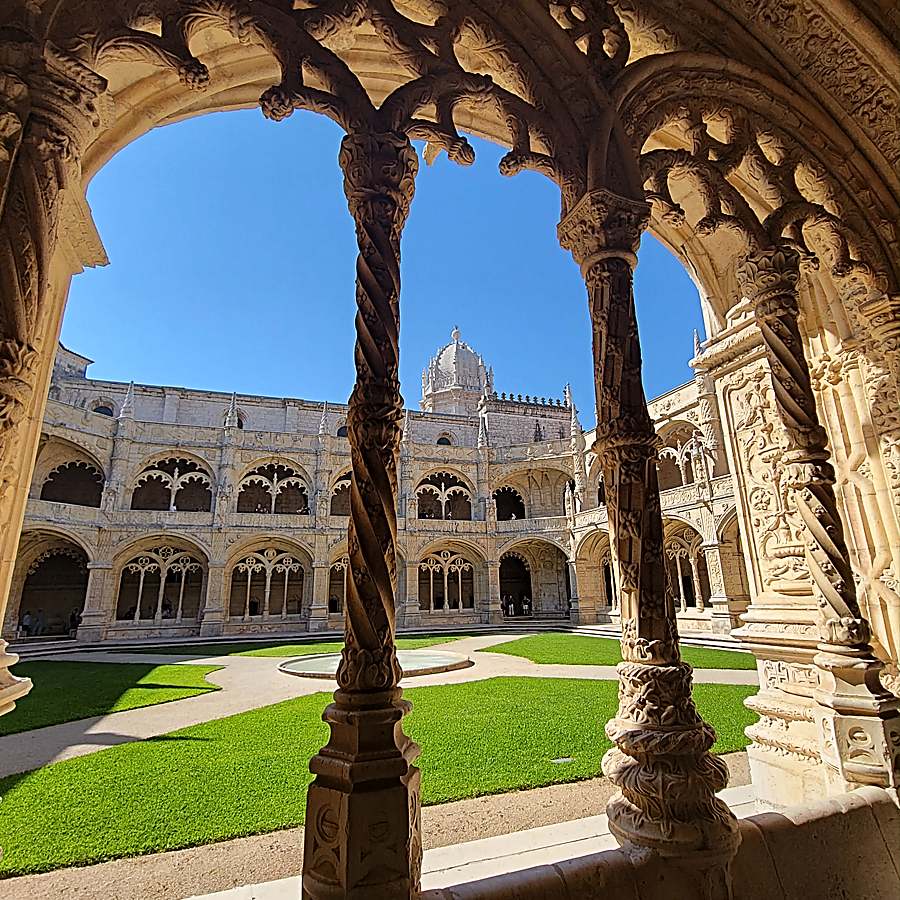
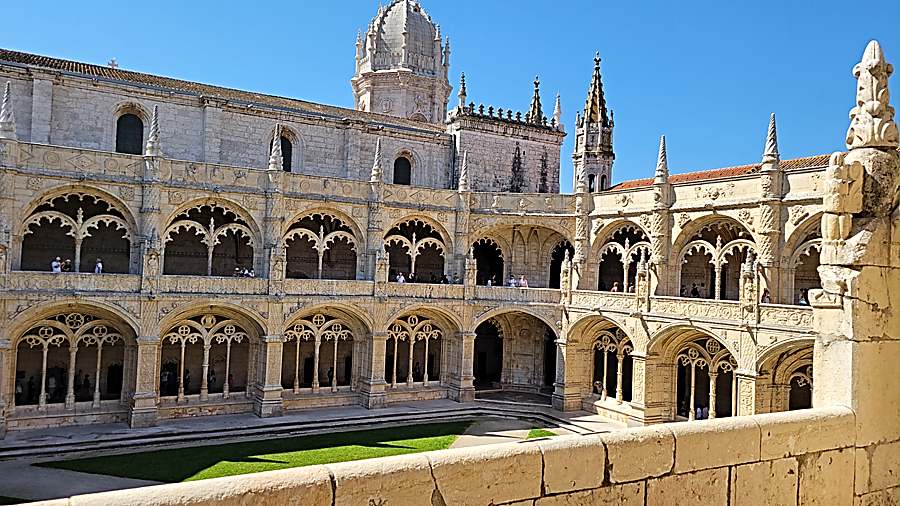
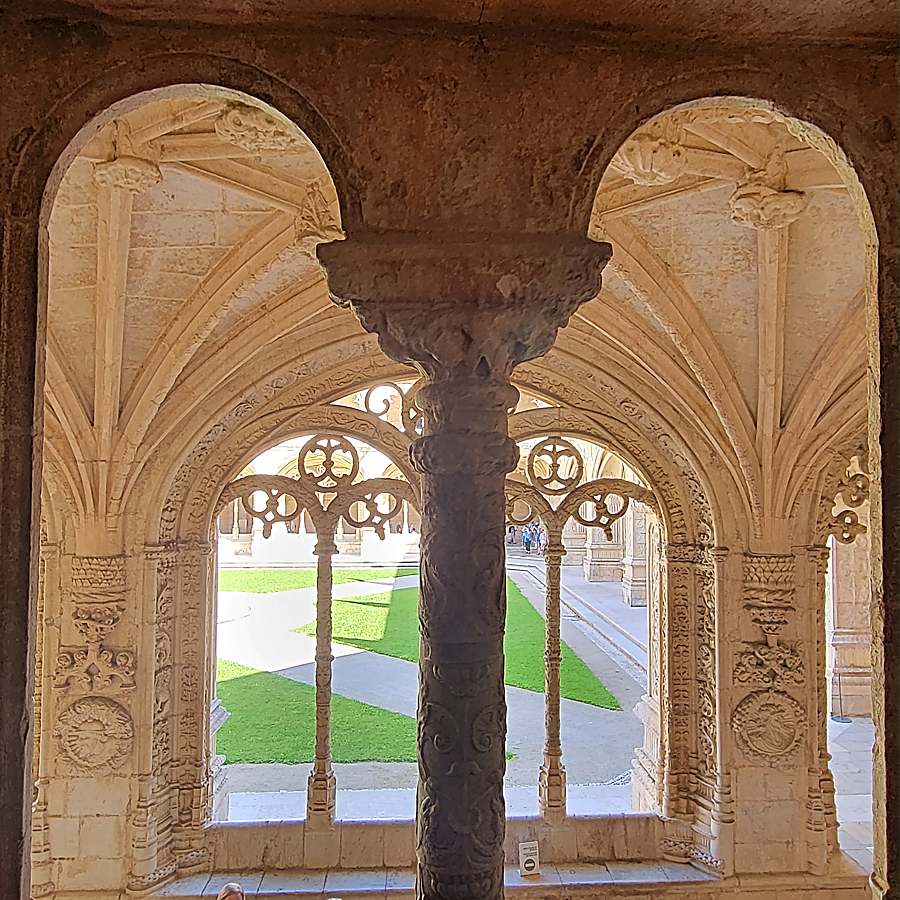
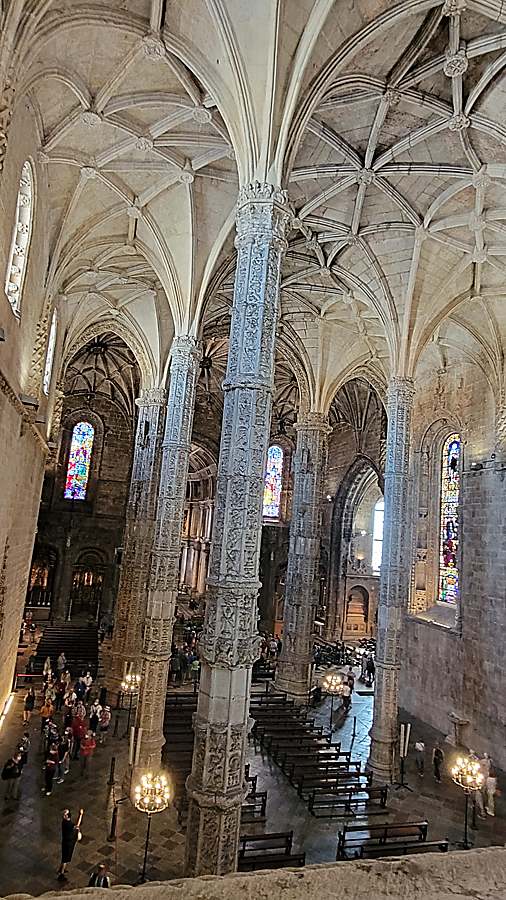
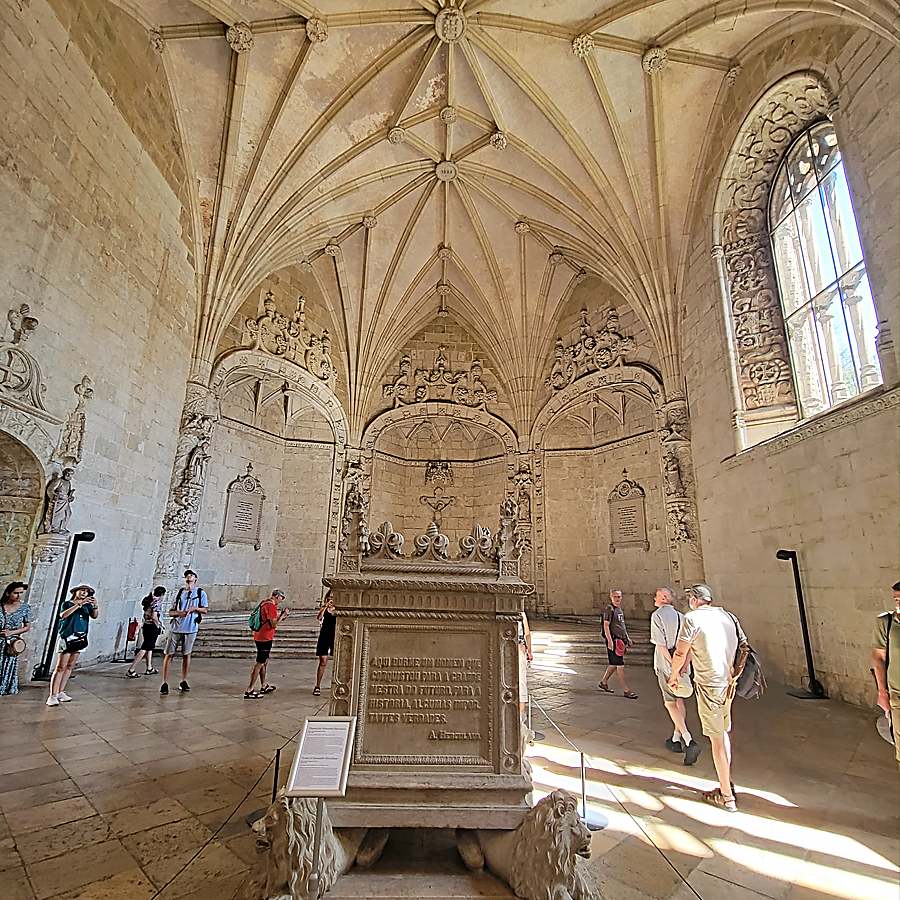
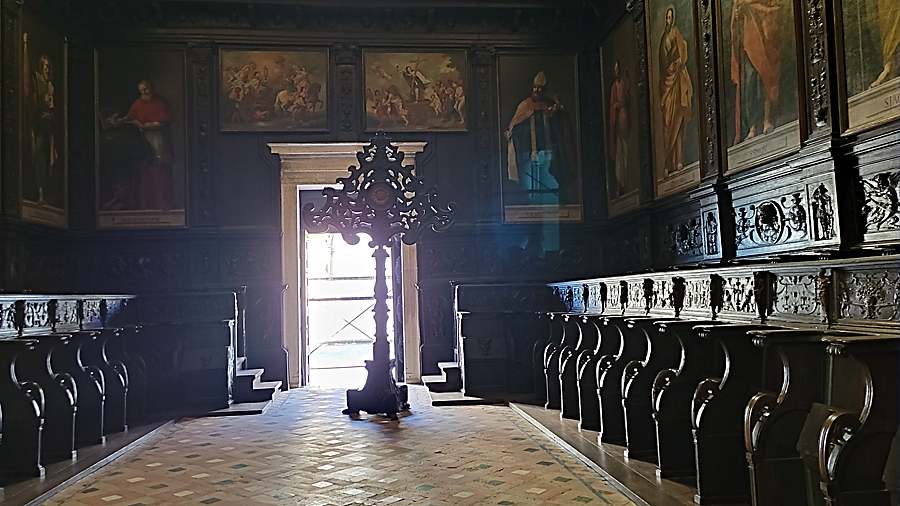
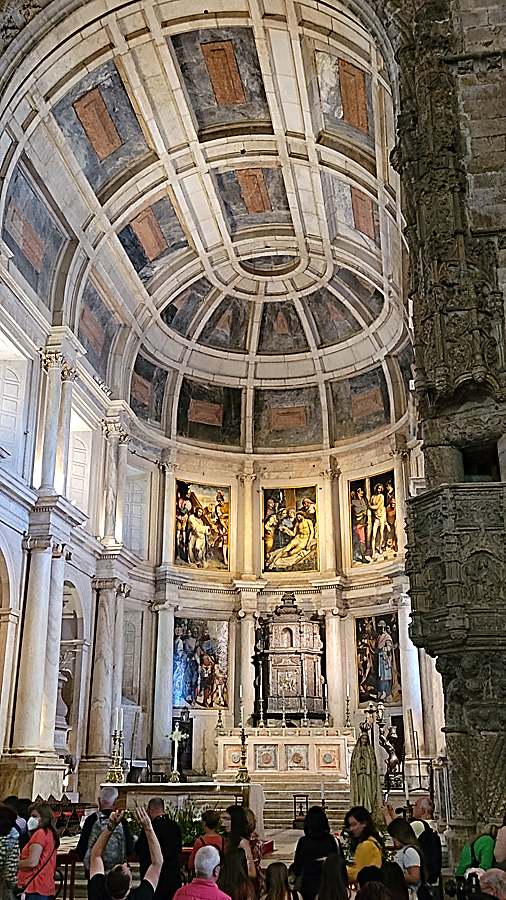
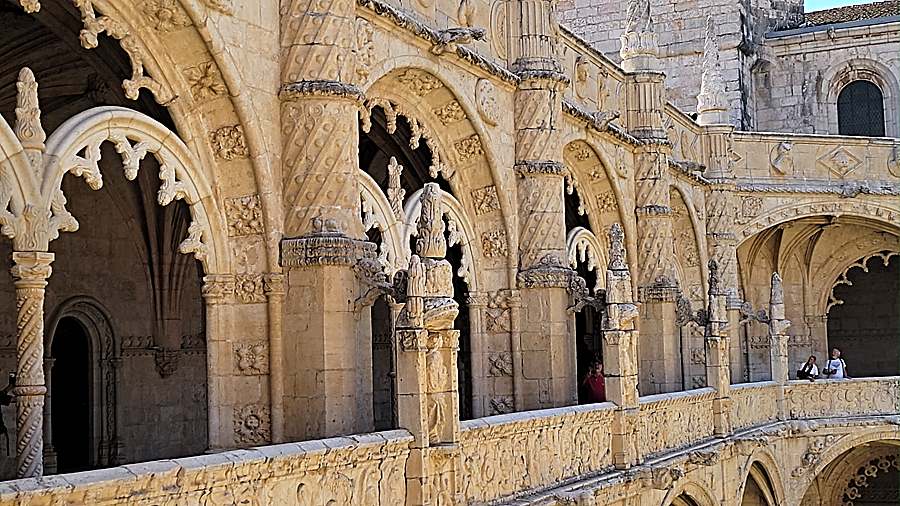
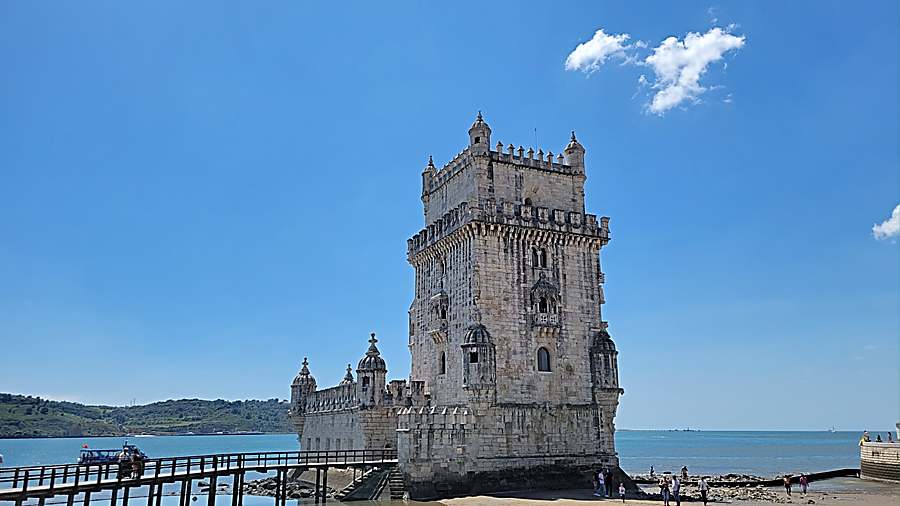
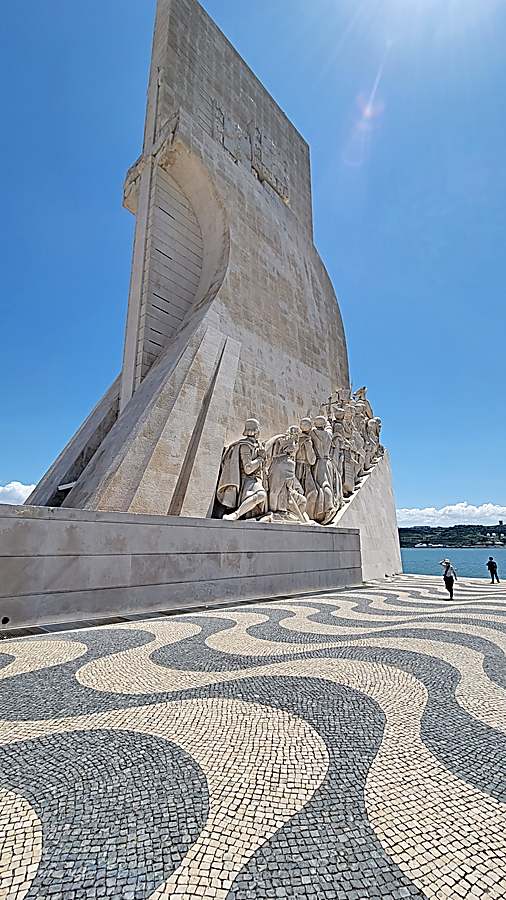
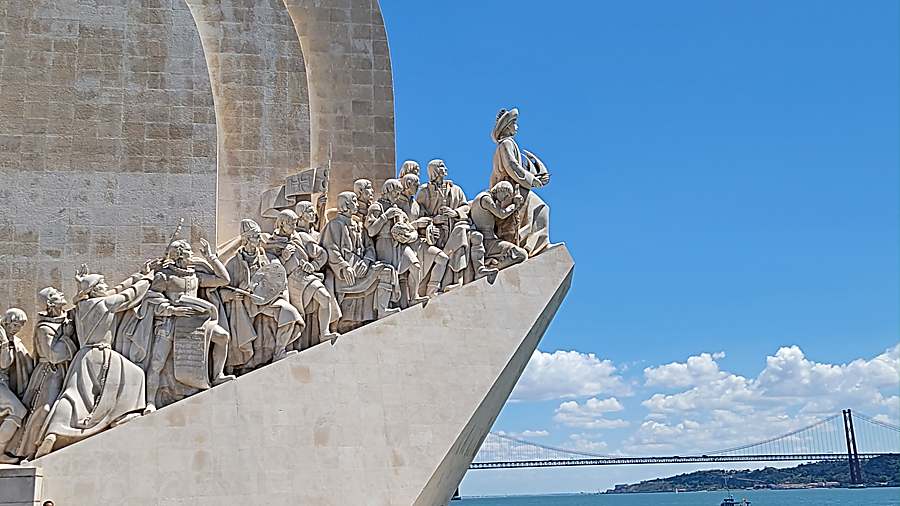
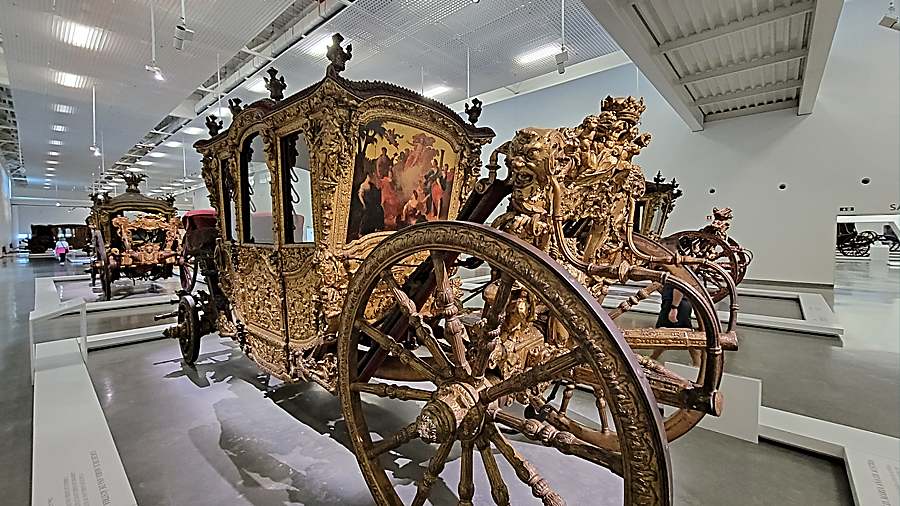
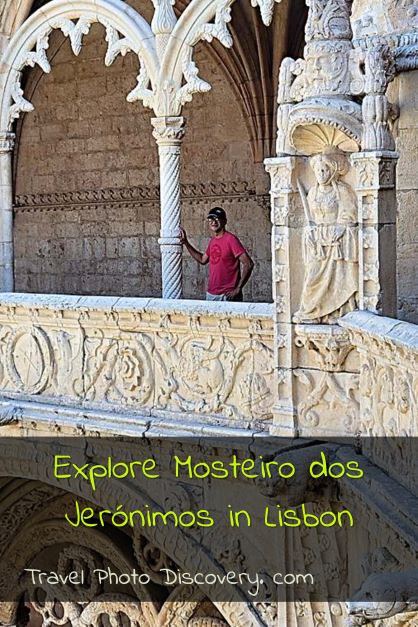
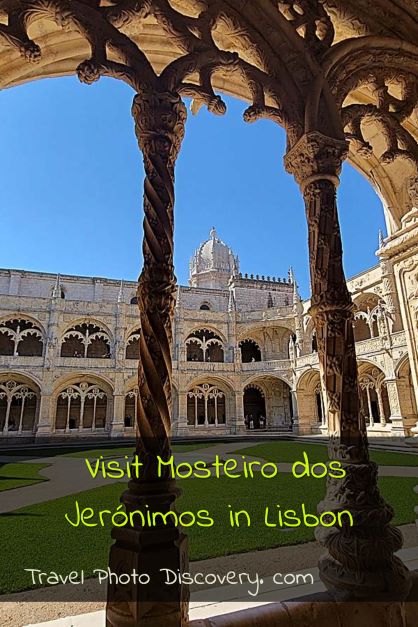
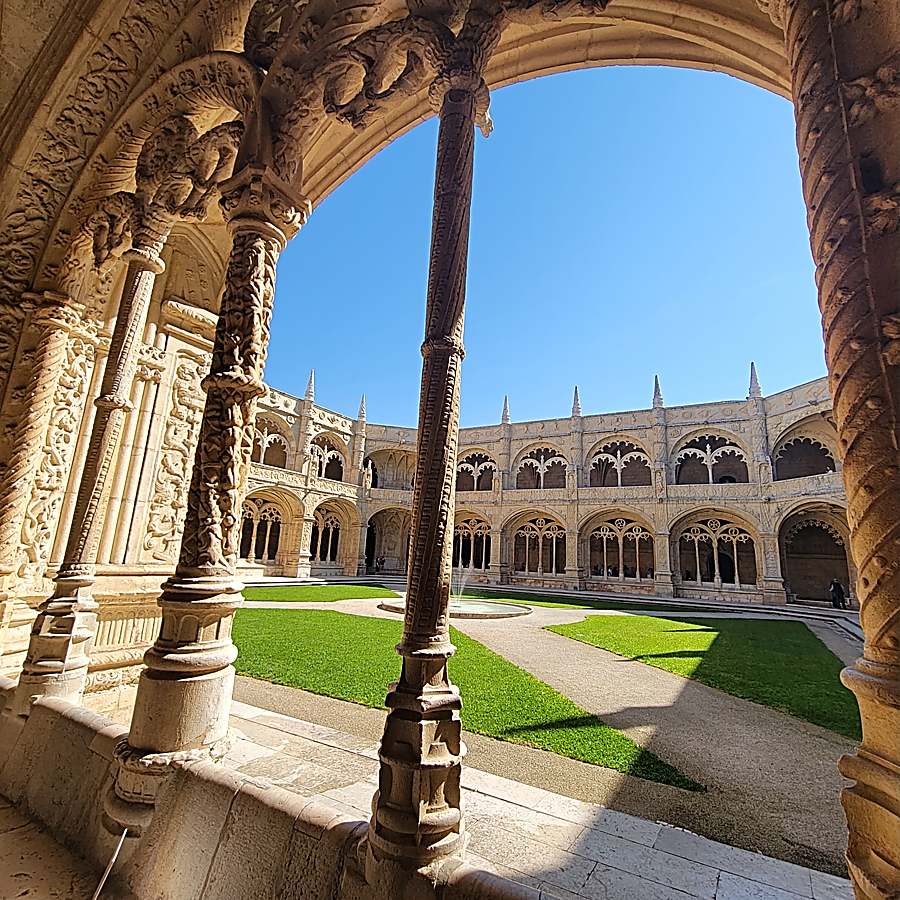

Trackbacks/Pingbacks